Behold, the new BMW i4 Gran Coupé

This is it, the new BMW i4 Gran Coupé, the Bavarian brand’s fully electric sports sedan (or four-door liftback sedan, if we’re delving into specifics). The new i4 also marks BMW M’s first foray into electrification, being the first battery electric vehicle that's been bestowed with M performance credentials.



Available in two powertrain variants, i4 eDrive40 and i4 M50, the BMW i4 Gran Coupé joins the all-electric BMW iX SUV in leading the charge toward electrification, following in the footsteps of the iX3 SUV, the i3 and the i8 hybrid sports car.



We’ve seen the initial renderings of the BMW i4 sedan in previous months. True to form, the production version retains its sleek Coupé-ish body lines with blue accents, pillarless doors, and obligatory kidney grilles that have drawn ire in recent months.

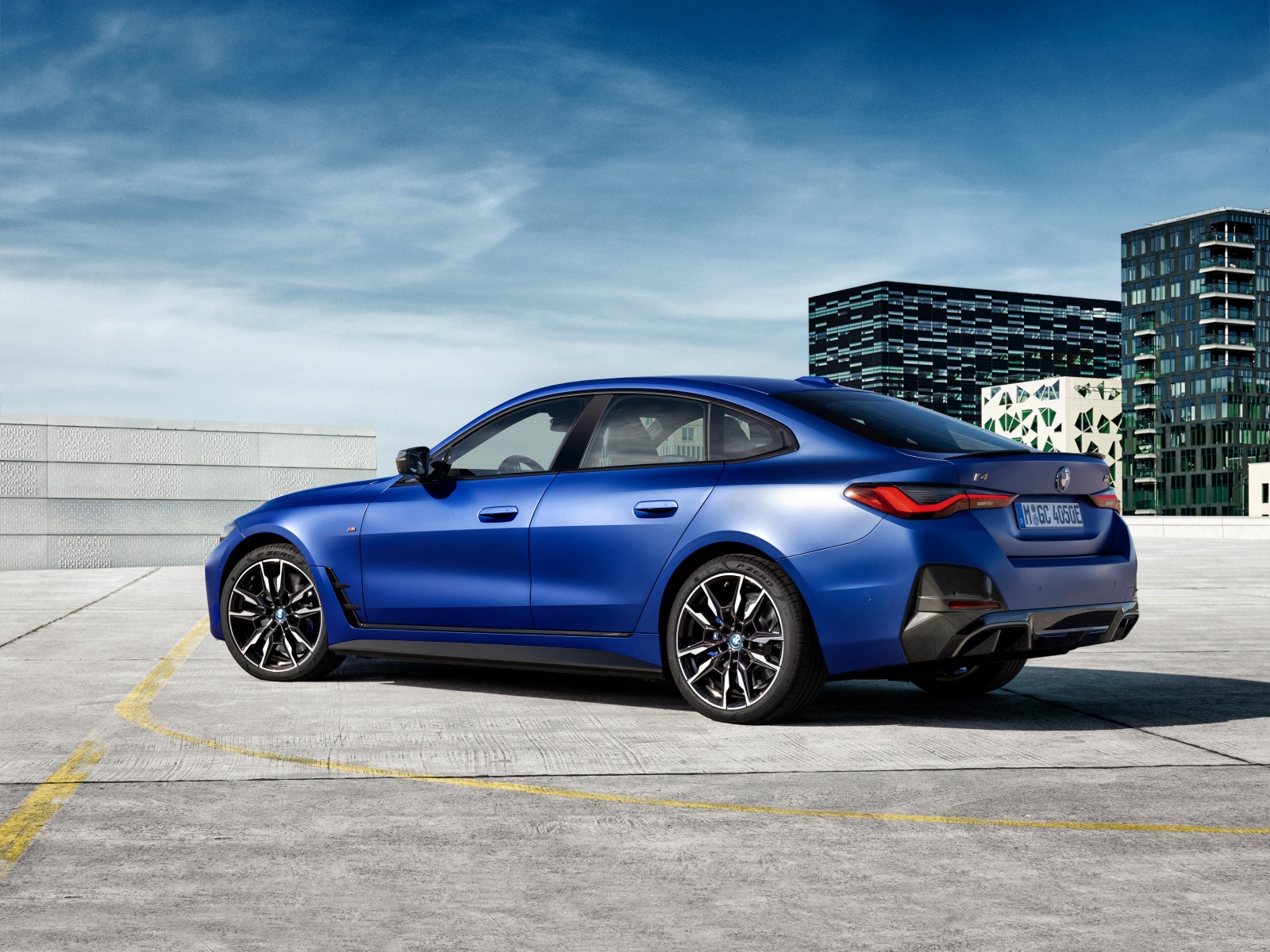



Comparatively, the styling of the i4 M50 has been beefed up considerably over the base model car. The blue accents on the i4 eDrive40 have been binned in favour of a more sinister gloss black, with accompanying M badges and carbon fibre trim bits. A more aggressive front bumper, a sportier rear diffuser (sans tailpipes), M-Sport brakes and an aero pack are all part of the M-sport treatment that the i4 M50 receives.




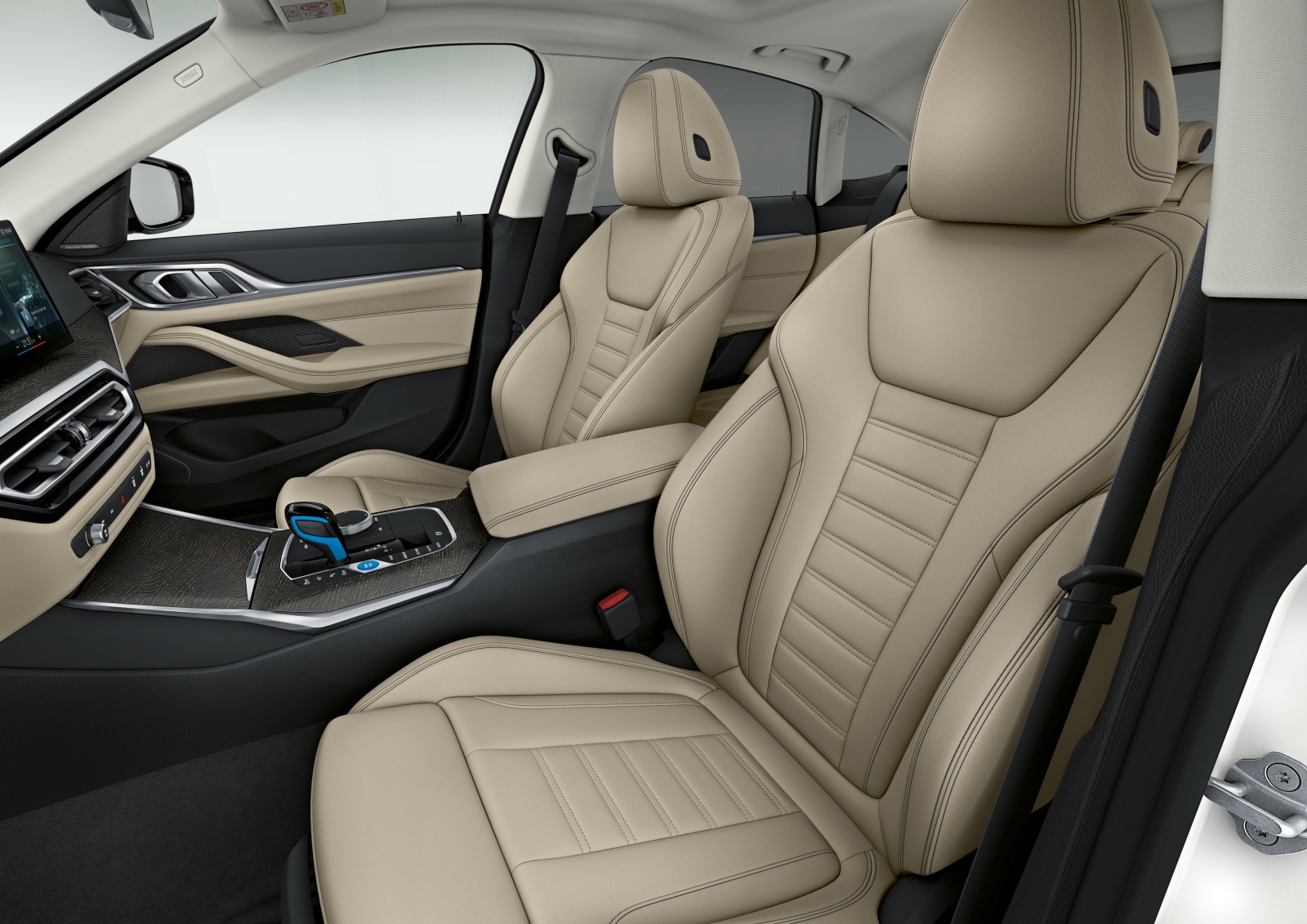
Inside, it’s all familiar BMW with the exception of a new curved display that replaces the digital cluster you’d find in the ICE cars. The electronics are powered by BMW’s latest iDrive Operating System 8, which is said to provide drivers with an intuitive, best-in-class user interface.
The i4 also gets a feature that BMW calls IconicSounds Electric, which boosts the aural feedback drivers get when they’re behind the wheel. The M50 even has an “M specific" version of the BMW IconicSounds, which ought to increase a driver’s heart rate by a few BPMs.

It all sounds rather promising doesn’t it? But like you all, we have questions of our own. Like how it compares to a traditional petrol-engined BMW in terms of driving feedback.
Fortunately, we were given the opportunity to attend a Q&A session with the team behind the BMW i4, where we dug deeper and got a little more insight into the engineering and development process that went into the i4.



The chassis of the i4 Gran Coupé is based on the BMW Cluster Architecture (CLAR) platform that is currently employed in the G20 3 Series, albeit with some tweaks to accommodate the 80.7kWh battery pack. This new BEV may share many base components with the G20 3 series or 4 series Gran Coupe, but there are several differences between the ICE-powered vehicle and this new i4.
For instance, the centre of gravity has been lowered (by 53mm in the eDrive40, 37mm in the M50), no doubt helped along by the 550kg battery pack mounted in the floorpan. The i4’s track has also been widened by 26mm in the front and 12mm in the rear compared to the standard 3er.
Like the upcoming iX crossover, the batteries in both the i4 models are built on BMW's Gen5 Drive tech, which is more energy-dense than the original "i" car in BMW's range, the i3. The battery cells themselves are lower, measuring just 110mm tall. Unlike the iX, which have batteries that are 30mm taller, the i4 is still designed to retain its sleek frame and low-slung proportions, despite its EV drivetrain.

Of course, a low centre of gravity is pretty much a norm for most EVs in this day and age. Most electric cars are quick off the line due to the high torque figures of an electric motor. But according to the project head of the i4, that wasn’t good enough for BMW. To retain the characteristic BMW-ness of the i4, BMW’s engineers have fettled with the structure and drivetrain to retain the handling dynamism of the car.

“It was our target to increase the rigidity car, to improve torsion and stiffness,” says David Ferrufino, “We’ve done so by adding bracings and reinforcements to stiffen the car up. On the M version, we developed additional bracings in the front framework to further increase structural rigidity. Those chassis improvements and the combination of our new dampers and wider track allow the BMW i4 Gran Coupé to have the driving dynamics of a real BMW.”



Drawing inspiration from the R&D process during the production of the i3 and i8, the team at BMW have vastly improved on their electrification tech and applied these developments into the upcoming i4. One such innovation is BMW’s 5th generation eDrive electric motor, which has been put to use in both the i4 Gran Coupé and the iX SUV.

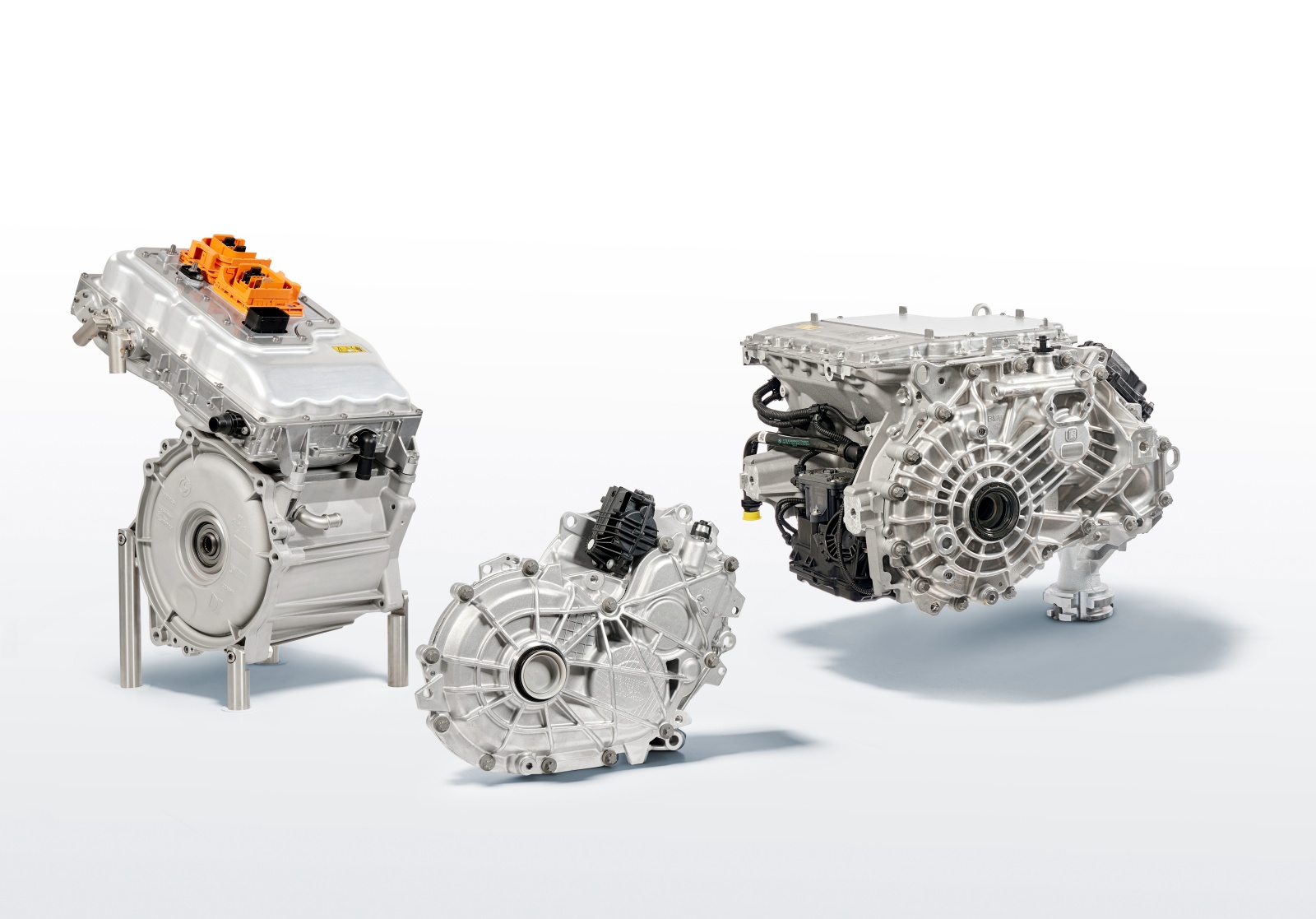
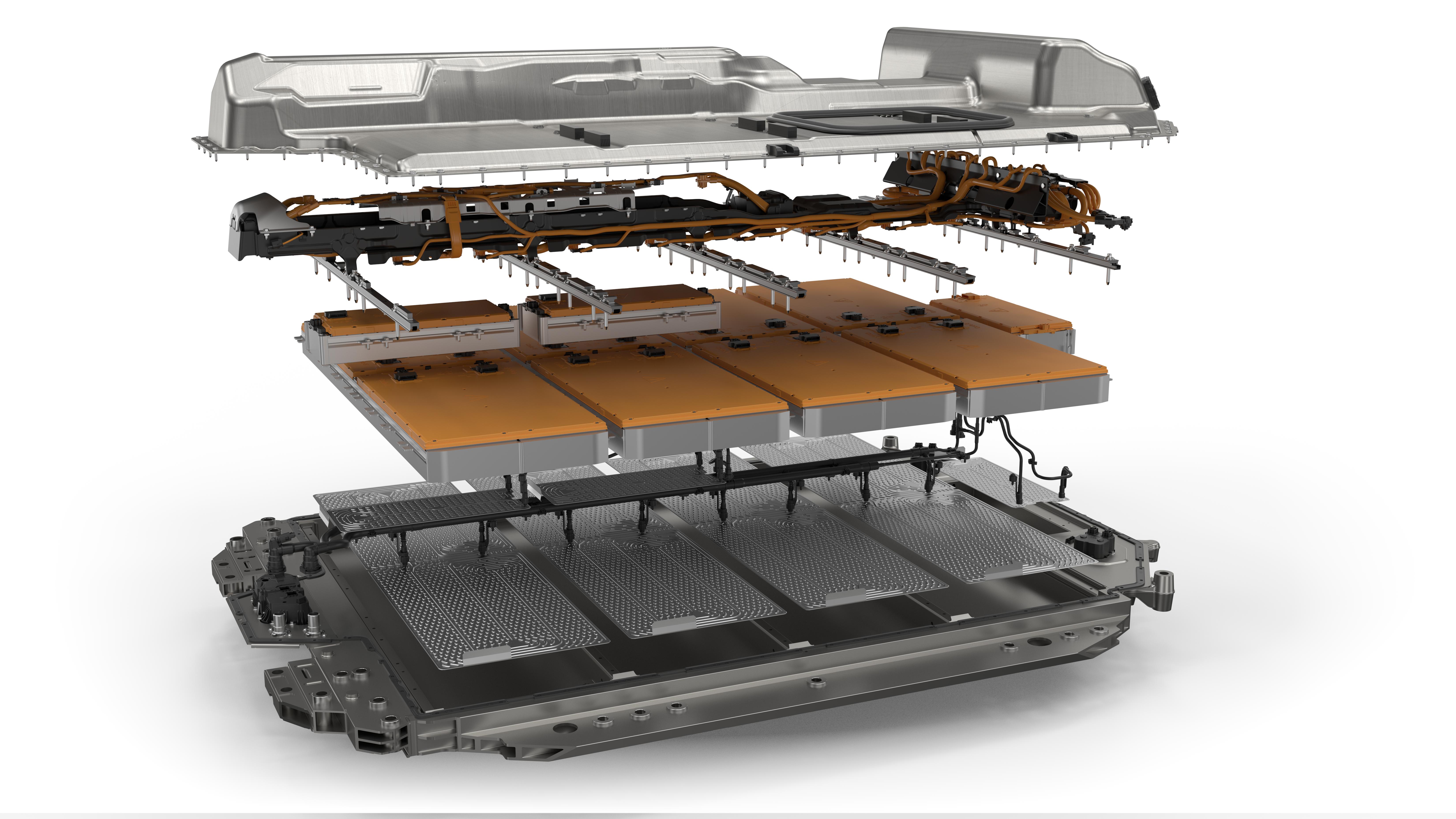
Unlike the previous hybrid and range-extender models, the i4 was designed to be a fully electric vehicle from the start. In order to attain the WLTP ranges of 590km and 510km in the eDrive40 and M50, a new “low height” high voltage battery was used.
Compared to the i3, the new battery cells are 20 per cent more efficient than before. The power density of the 5th Gen eDrive motors have also been vastly improved by a tremendous 50 per cent.

In the BMW i4 eDrive40, power comes courtesy of a single ratio electric motor mounted in the rear. When questioned about their choice to adopt a single-speed ratio motor, David said “A single ratio transmission is our philosophy with this new i4. We’re very satisfied with the balance of good energy consumption and performance.”
The i4 eDrive40 produces 340hp and 430Nm. 0-100km/h takes 5.7 seconds, and it can carry on going up to a top speed of 190km/h. Impressive for a car that clocks in at just over 2 tons.

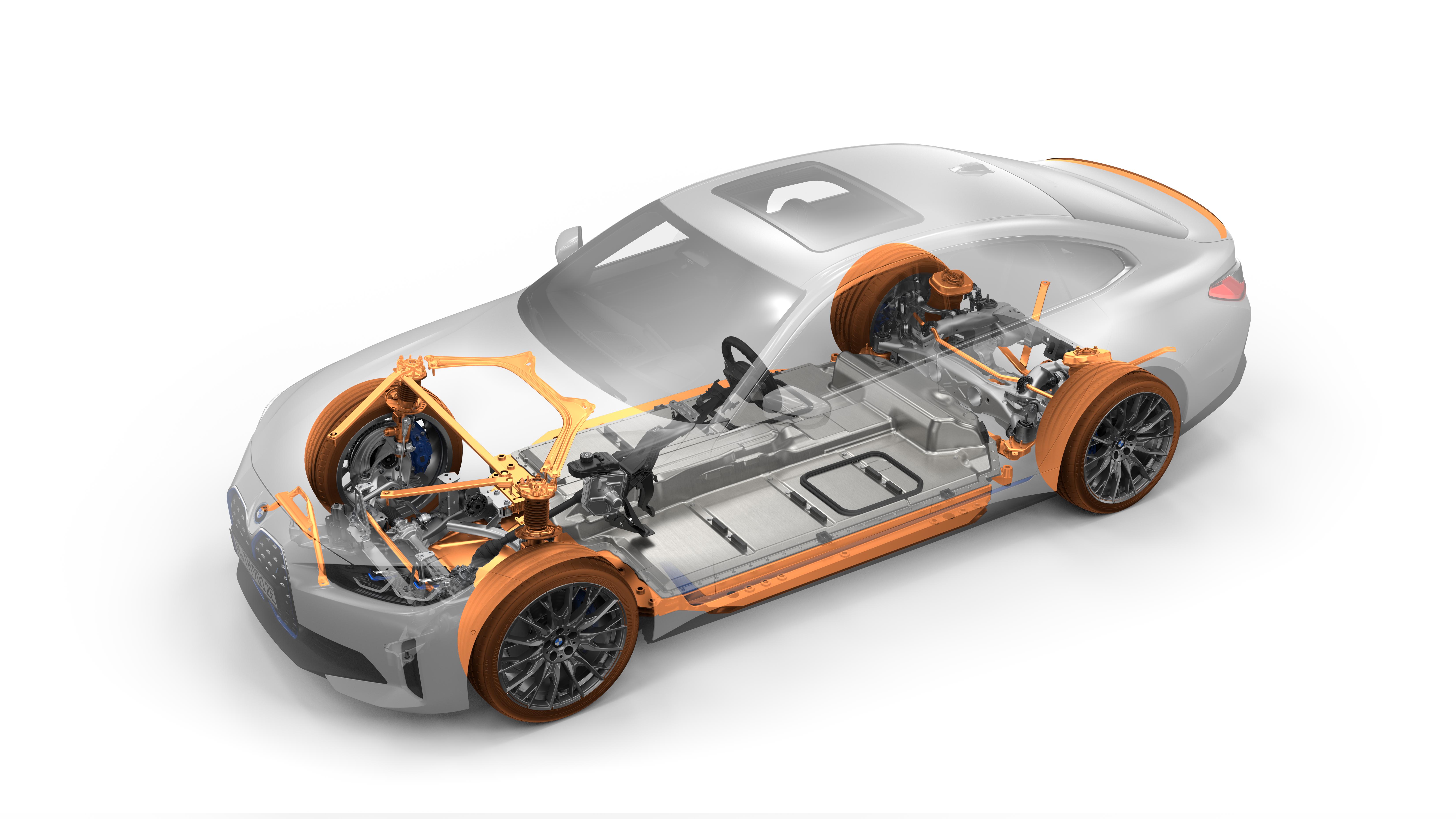
On the higher end of the spectrum, The “M” model also sees the addition of several performance upgrades over the standard i4. It gets the aforementioned additional bracing, increased negative camber in the front wheels, adaptive M suspension, uprated brakes, an M aero package with includes a gurney flap on the bootlid for reduced lift, and larger diameter wheels.

The BMW i4 M50 has a max system output of 544hp and 795Nm of torque. Power comes from the two motors that have peak power outputs of 258hp in the front and 313hp in the rear. Both motors work synchronously in BMW’s xDrive all-wheel-drive layout, which propels the i4 M50 from 0-100km/h in 3.9 seconds. The i4 M50 even achieves a weight distribution of 48.1/51.9%, which is comparable to the optimal 50/50 split in most other BMWs.
Impressive as those figures are, some may be compelled to make comparisons to other established EV models in the market. Most notably, the Tesla Model S, which does 0-100km/h in 2 seconds.

“The i4 Gran Coupé is not aiming to be a niche car,” says David, “We are producing cars for our customer groups and investigating what they deem most important. The average customer for an i4 will have kids, grandchildren. They may not need to go from 0 to 100km/h in two seconds or need 1000Nm of torque.”
As such, it does away with usual EV acceleration and performance benchmarks. Instead, the i4 focuses on dynamism and handling characteristics, while retaining the comfort and refinement befitting of a BMW.

As standard, the M50 has variable dampers upfront. But both i4 eDrive40 and i4 M50 models feature air springs in the rear axle for improved aerodynamics, a feature that is lacking in the front suspension setup. When asked about it, David simply said, “The rear air suspension setup is meant to compensate for the additional weight of baggage or cargo that customers load into the boot.” No doubt there's some self-levelling trickery to keep the car flat and more aerodynamically sound at speed.

Of course, when faced with the cheeky question about a potential i4 Touring variant or a fully-fledged electric M4, David remained awfully tight-lipped. But going out on a limb, we reckon that the i4 M50 isn’t the last in the line of performance-oriented “BMW i" or “BMW M” models. The M50 is only the beginning. So, fingers crossed then.
PHOTOS BMW









